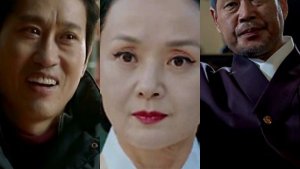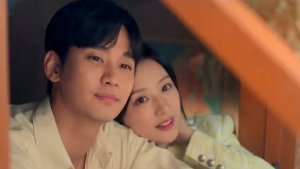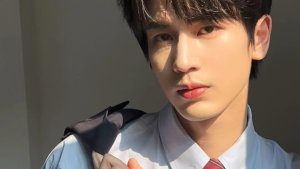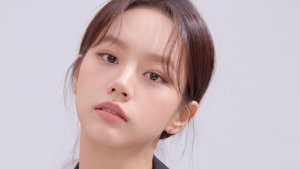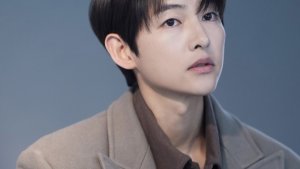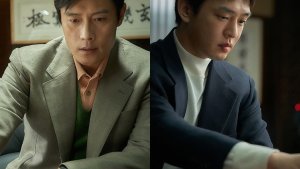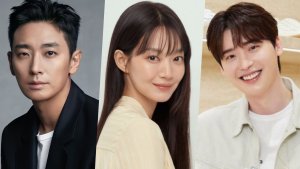 Laugh And Be Merry - King The Land
Laugh And Be Merry - King The Land
Warning! Spoiler ahead for those who haven't watched the drama yet.
Without a doubt, Hometown Cha-Cha-Cha is the healing drama of the year. It could be just me but there is something magical about a seaside romance that lures us in, keeps us hooked and celebrates life in all its glory. As a character wisely comments, if we look around ourselves closely, we’ll realise that we’re surrounded by many precious things.
When I think of HomeCha, apart from Romantic Sunday, the cute dimples of the main couple, the phenomenal storyline and the picturesque Gongjin, I’m also reminded of how masterfully the female characters in the series were crafted to represent women at different stages of their life. It doesn't just show a full circle of life - birth -childhood - adulthood - old age - death. It shows life as seen through the eyes of a woman. Or, in this case, ten extraordinary women. Their dreams and aspirations resonate with ours. Their problems are understandable and their struggles are relatable. We’ve all been in their shoes at one point of time or we’ve seen or known someone who’s been there.
Here’s how HomeCha illustrates them through the following characters:
1. Choi Bo Ra (Go Do Yeon):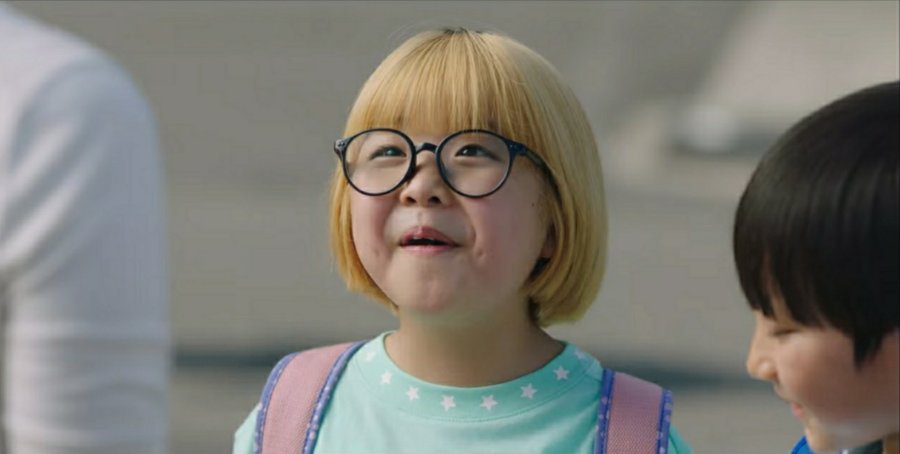
Bo Ra is loud and boisterous. She’s an intelligent primary schooler who is content to just play with her best friend all day. She supports him and makes kiddo-promises of being with him forever.
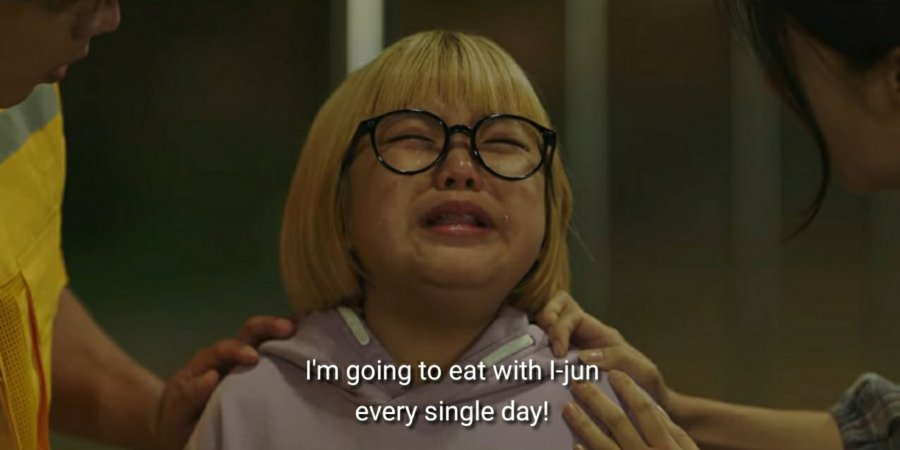
She says a strong "no" to things she doesn’t like and dotes on the things she does with an exuberant childlike passion. It’s the little things in life that please her immensely – pets, for example. Her mother, father, her unborn little sister and her best friend Yi Jun, are her world and for them, she’ll pray each time the lightning strikes. She’s quite carefree, not worried about the way she dresses despite what her parents might say. Bo Ra thus personifies the innocence and beauty of childhood where a day is complete if it's spent with one’s best friend playing and making merry, and happiness is caring for a stray they adopt.
 | 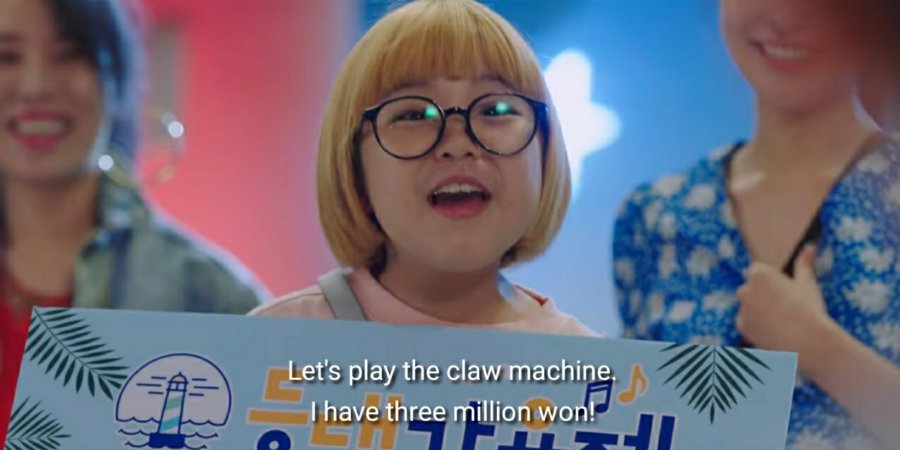 |
2. Oh Ju Ri (Kim Min Seo):
A lot of Ju Ri’s actions in the story are fuelled by the teenage rush of hormones. She is headstrong and persistent, a typical adolescent with a crush. Her favourite celebrity occupies a lot of her thoughts. From saving money -to collect merchandise -to gushing about him with other fans -to dreaming of meeting him, Ju Ri’s day revolves around him. She’s at that stage where one gradually becomes conscious of the way they look.

Therefore, perceiving a flaw in her features, she’s determined to get it corrected and will go to great lengths to achieve it (her dad better take notice).

She’s a loner and disregards the words of several well-meaning adults until the one she admires reminds her that her “flaw” actually lends to her beauty. That’s when we see her learning to accept herself and cherish herself for who she is. She represents the teenage phase of a girl’s life to its fullest extent.
3. Yoon Hye Jin (Shin Min Ah):
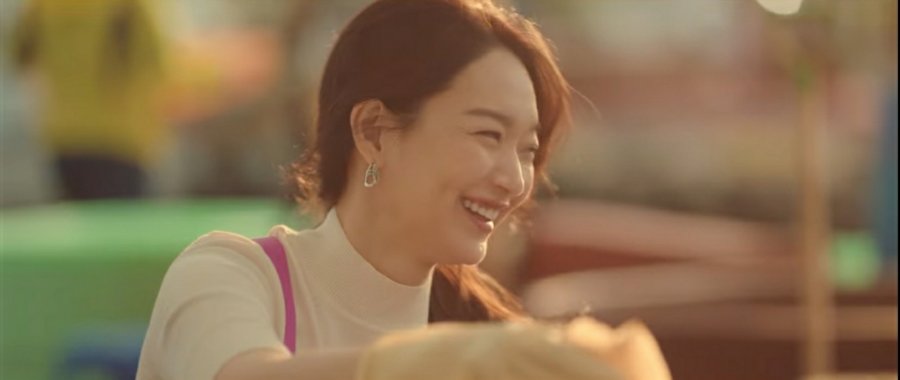
At 34, Yoon Hye Jin is a perfectionist who’s worked hard to be where she is – a successful dentist. Her day begins with a cup of coffee and a morning run, except on weekends when she’d rather sleep in than clean. We can see a shift in attitude from wanting to look beautiful to wanting to be fit.

She’s more mentally mature than the young Ju Ri. They both have their fangirl moments but there is an evident disparity in their admiration – Ju Ri’s is slightly tinted with shades of adolescent infatuation, whereas Hye Jin’s is a more laid-back appreciation.
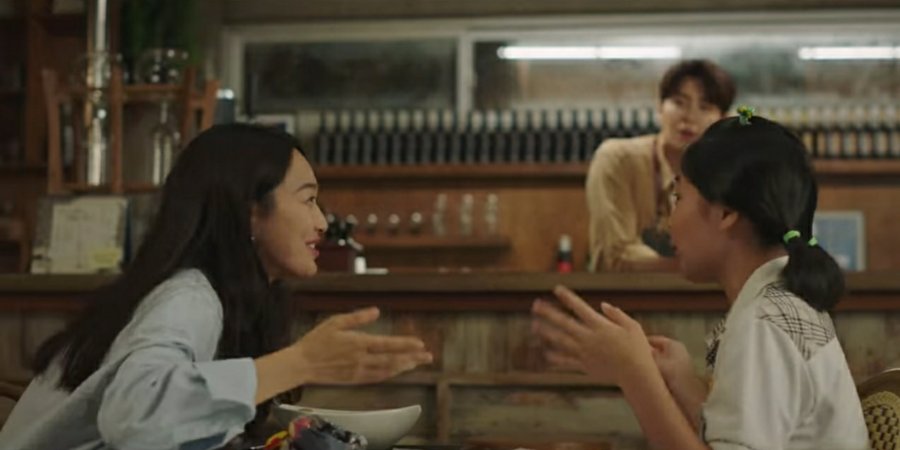
Be it the wallpaper in her house or her boyfriend or her clothes or her work, Hye Jin doesn’t compromise. While she may not be on excellent terms with her stepmother, she doesn’t hold any kind of resentment against her or her father. They both are still her family and she values their opinion.
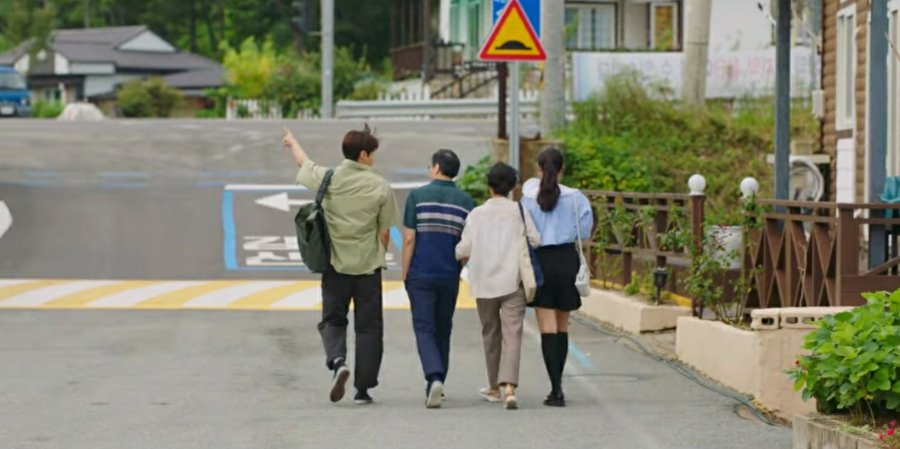
She has reached a stage where her less than happy past doesn’t weigh her down anymore. So while her conversations with her father may seem stilted at best and cold at worst, they represent the young adult in her who’s trying and failing to not depend on the other adults in her life. She’s a rookie adult and a decent one at that.
4. Yeo Hwa Jeong (Lee Bong Ryun):
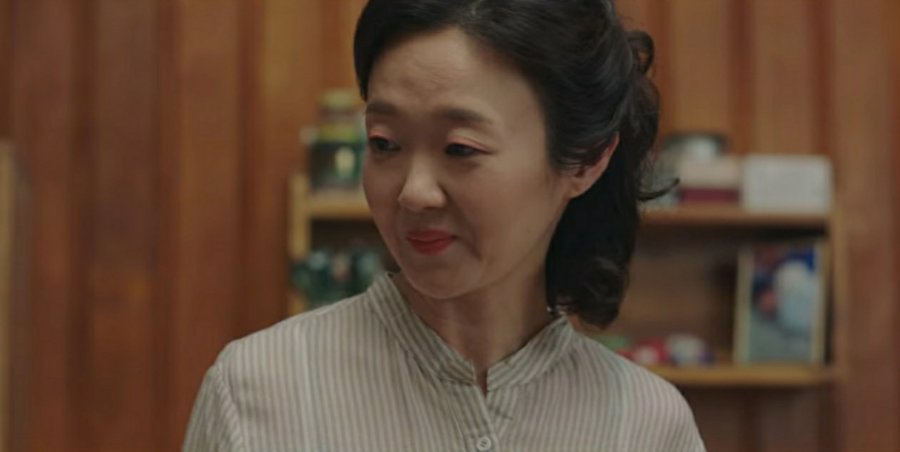
A wee bit older than Hye Jin is the Zonal Chief of Gongjin and restaurateur, Yeo Hwa Jeong. Being more financially independent than Hye Jin, she can be said to be more settled in life. That also gives her the choice to live her life on her own terms, and she could thus divorce her husband and get custody of her son. Hwa Jeong is progressing towards middle adulthood and it’s visible in all her interactions.

The way she dissuades people from idle chatter, and never tries to alienate her son from his father are just two examples that reflect her maturity. It must be painful for her to see her husband regularly owing to work and her son, but she bears with it. Her world revolves around bringing her son up well.
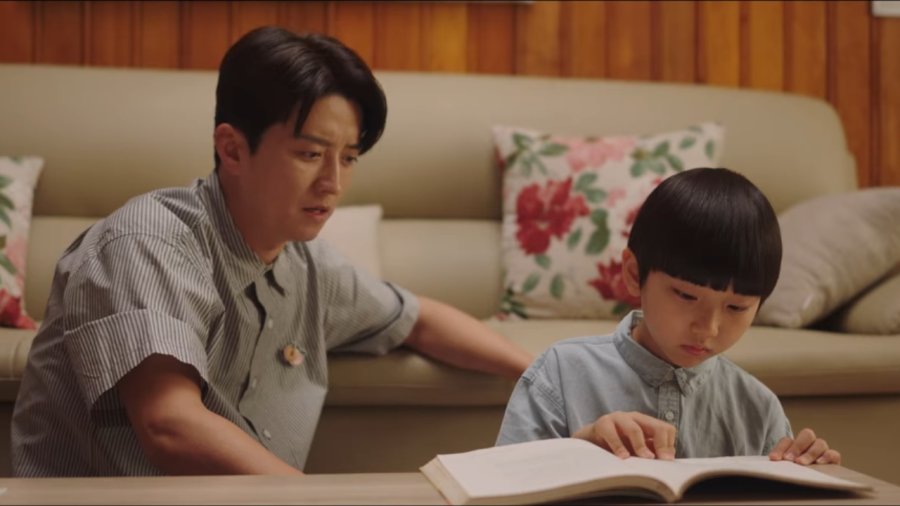
Hwa Jeong, just like Hye Jin, refuses to compromise on her self-worth but is willing to make certain sacrifices for her son. Her life is seemingly more rounded out with a marriage, kid, and divorce compared to Hye Jin who is just starting. But both characters appeal to different phases of adulthood women in general go through.
5. Kim Gam Ri (Kim Young Ok):
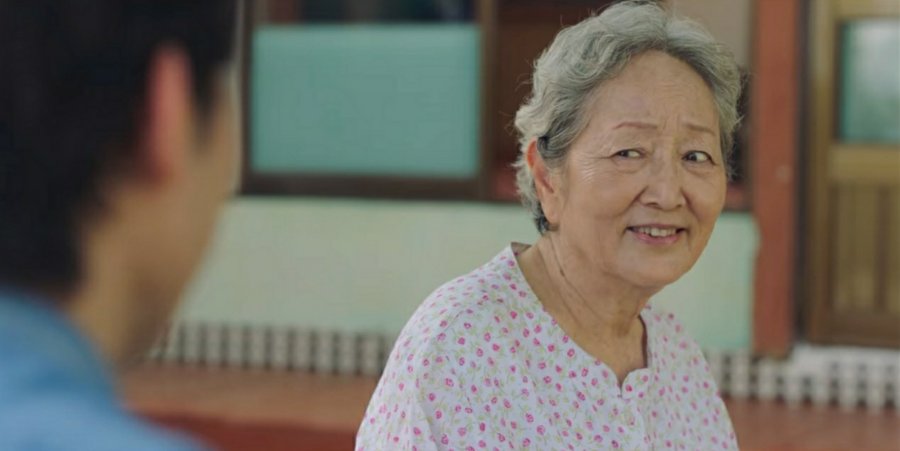
Kim Gam Ri is the person who’s lived the longest at Gongjin, one who has seen and lived a full life and is replete with accompanying wisdom. She gets joy out of little things – drying squids, hanging out with her friends, revelling in the beauty of flowers, and talking on phone with her granddaughter.

She loves cooking but she cannot eat her favourite dish since her teeth have worn out. She is largely a contented soul. In her own words, she has “tasted good food, seen beautiful sights and met wonderful people.” She misses her son and thinks of him constantly. She’d like to spend more time with him but she understands that may not be possible for him. The understanding is tinged with hints of regret and we can see that while she’s happy, she cannot escape the loneliness that creeps in as one grows old.
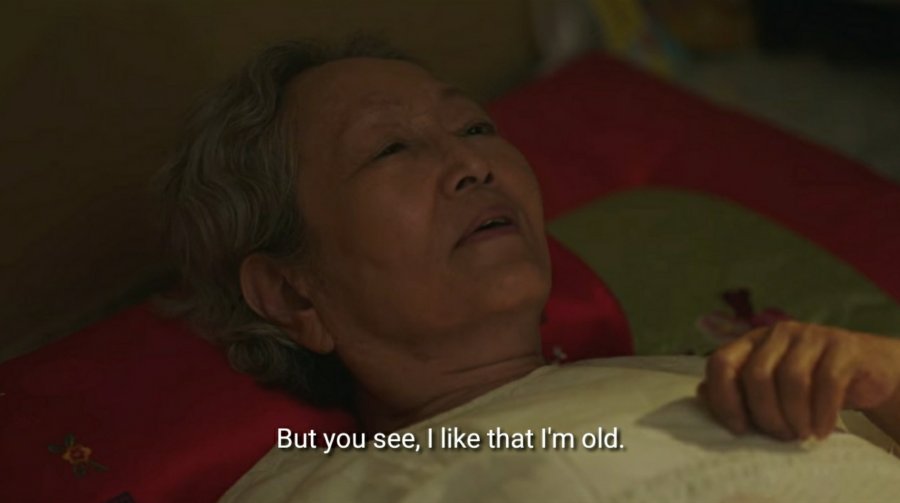
Gam Ri proves that even though growing old is inevitable, feeling old is not. There’s a certain dignity to “withering away gracefully” indeed and she’d rather have a loud funeral than a morose one. She’s the kind of old woman who is full of life even after she's stopped living; someone who can leave life but whom life can never leave.
Honourable mentions
HomeCha boasts of some fantastic supporting characters as well that are just as sincerely written and just as excellently crafted. It goes all out with its inclusivity, and an analysis of the show cannot be complete without speaking of them. What’s noteworthy is that these characters, with traits opposite to the above mentioned main women, are not pitted against them. They are made complementary. In other words, under different circumstances, the main characters could very well be them and vice versa.
1. Pyo Mi Seon, Yu Cho Hui and Ham Yun Kyung:
Played respectively by Gong Min Jung, Hong Ji Hee and Kim Joo Yeon, these three women are almost the same age as Hye Jin, plus or minus a year or two.
 | 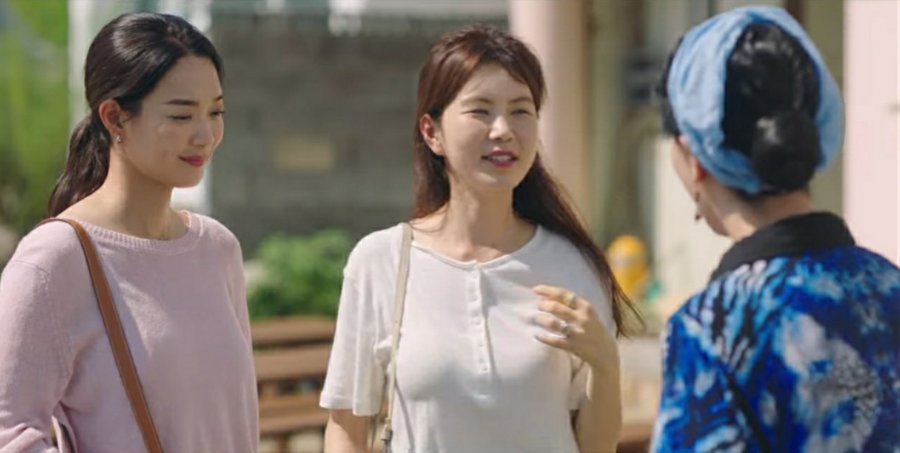 |
However, they are as different from each other as they could be, in as many aspects as they could be – career and relationship status, among personality and other things. Mi Seon is a confident city girl who chases after the man she likes, and Yun Kyung is living the life of a frustrated mother of one, on the way to two. One is an assistant to the dentist, while the other runs the neighbourhood convenience store. Cho Hui, on the other hand, is a teacher, single and relatively timid.
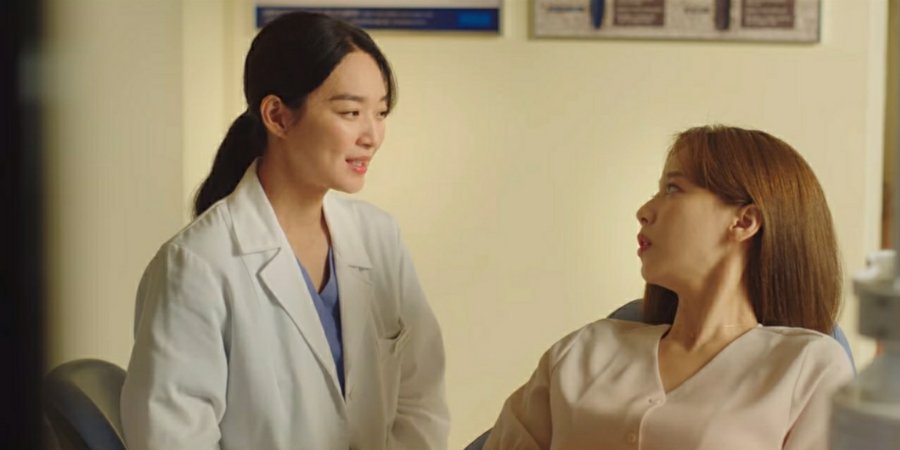
Together with Hye Jin, the four form a tetrad that shows women in their young adulthood through different lenses. They are contrasting characters, each reflecting what the other would have been had they chosen a different path in life.
2. Cho Nam Sook (Cha Chung Hwa):
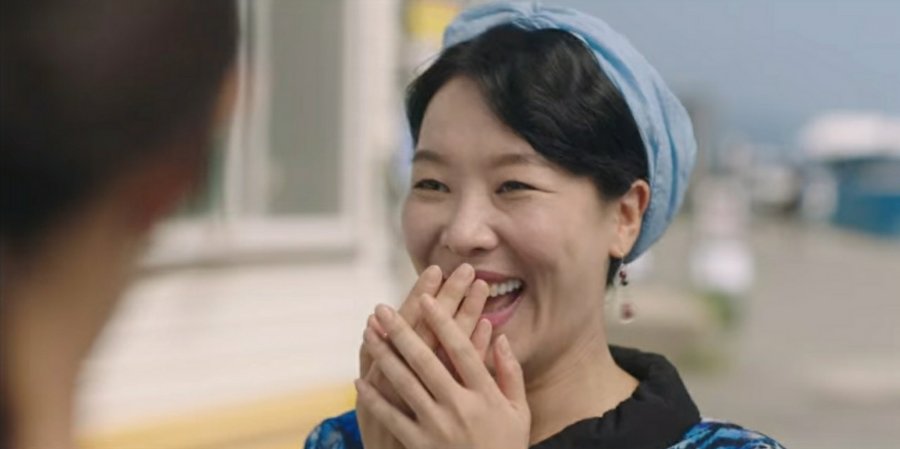
Nam Sook’s life is another thread that branches off the road of middle adulthood. Thus, Hwa Jeong and Nam Sook are comparable. Having overcome a particularly traumatising personal tragedy, Nam Sook is a less stable character than her friend. She is not as worldly either, though she improves later on.
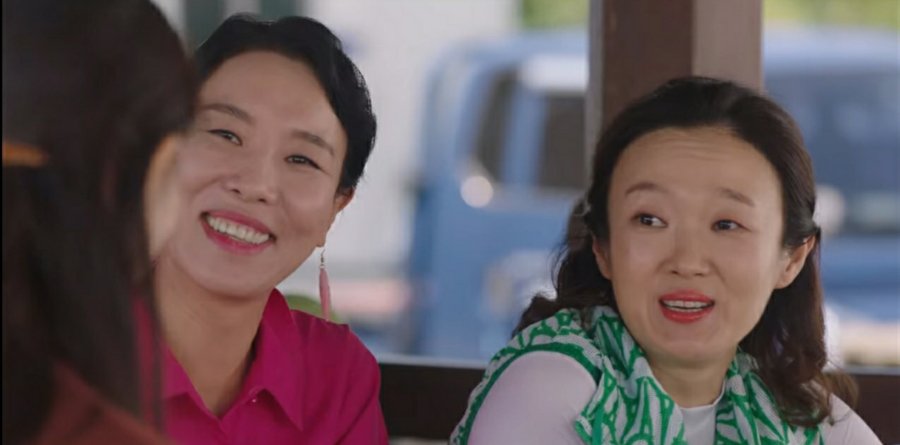
As with the aforementioned tetrad, Nam Sook and Hwa Jeong are not mirror images of each other. They are two roads that have different origins and concrete but that which run parallelly.
3. Lee Myung Shin (Woo Mi Hwa):

Solely helming the stage of late adulthood is Hye Jin’s stepmother and we can see the beginnings of contentment with life in her. Assuming that she doesn’t have any birth children (since the show neither implies nor specifies the point), she has a very practical approach to her stepdaughter, unlike the standard emotions of intolerance, hate and “love as if her own”. Hye Jin and Myung Shin are more than friendly acquaintances but family only in name, initially (though they become much better later).

There is a clear barrier between them, a line they don’t cross, but it is a barrier of comfort. We can see the setting in of a reflective attitude in her, one that the elders develop of seeing things in retrospect, like a bridging stage of late adulthood between Hwa Jeong’s middle adulthood and Gam Ri’s old age.
The overall order would thus go like this: Bo Ra, Ju Ri- Mi Seon/Yun Kyung/Cho Hui/Hye Jin, Nam Sook/Hwa Jeong, Myung Shin, Gam Ri.
Seeing these women go about their life and experiencing their journey with them feels like an honest, raw and realistic retelling of several everyday lives; how they overcome the obstacles in their way, lift each other up and cheer for one another. It is both inspired by and inspiring to many women in real life. That this happens in the presence of equally strong and supporting male characters, who are not sidelined in the effort to tell the stories of the women, is a testament to the genius of the writer-director duo. They make sure to bring out the realism of life, no matter which character is their protagonist. For that, Yoo Je Won-sshi and Shin Ha Eun-sshi, I have to take a bow!
Credits: All pictures are screenshots from the drama on Netflix and Google.
Edited by: Tine (1st editor)

